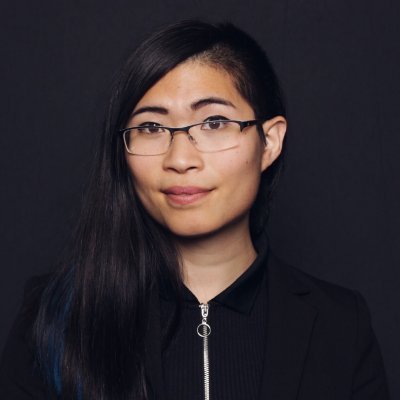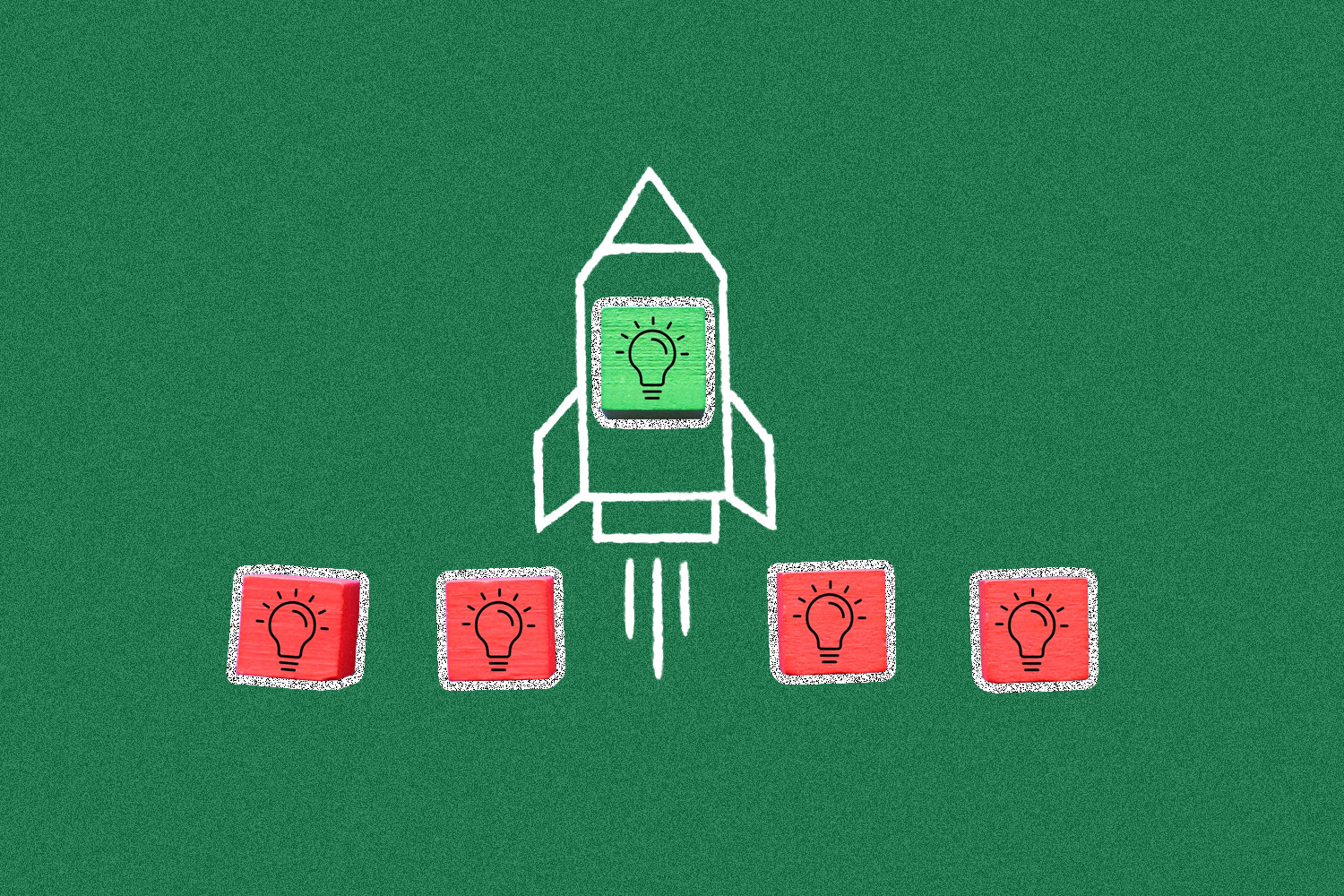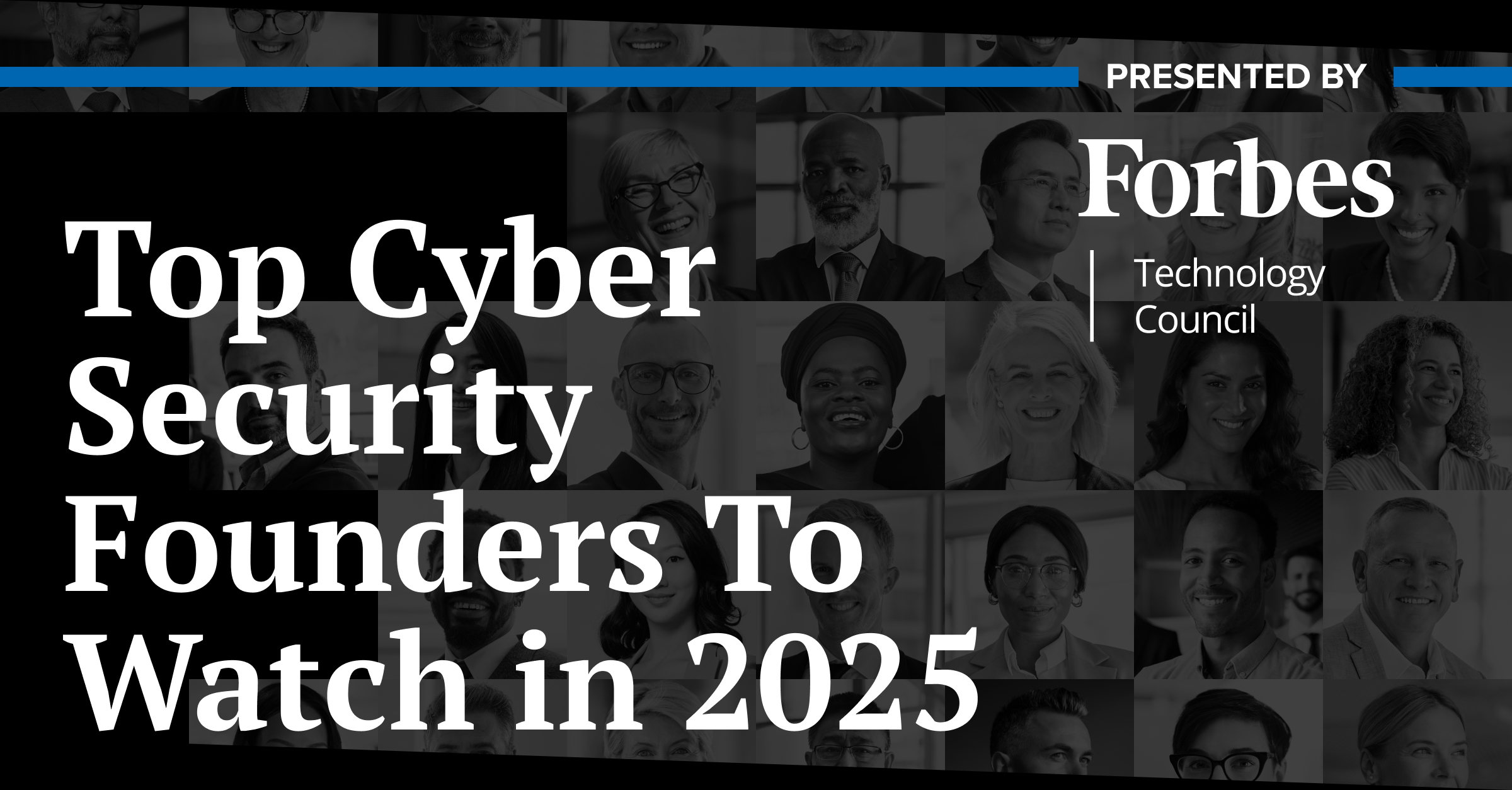As a DEI strategist and consultant, Lily Zheng has advised numerous companies from tech companies to nonprofits, and written about DEI for Harvard Business Review. Recently, they published a book, DEI Deconstructed, exploring the history of DEI programs and best practices for strategic change.
Read on for an edited excerpt of our exclusive interview with Lily Zheng about the state of DEI in 2023, where DEI practitioners should focus their budget, and a few client examples of how companies can begin to make positive changes.
Senior Executive Media: Given the current state of the economy, what are some of the challenges you see DEI leaders facing in the year ahead?
Lily Zheng: I think one of the largest challenges that DEI leaders will face is rapidly fluctuating willingness to resource the DEI on the part of non-DEI senior leaders. I think DEI practitioners, especially chief DEI officers, VPs of DEI, and DEI directors have always been at the whim of how popular DEI feels to senior leadership. That’s been tough, because it means that funding and resources are conditional on pretty much everything outside the control of the actual DEI practitioners. When a big social issue happens, suddenly DEI is in vogue again — suddenly there’s budgets for things, suddenly leaders want to put on events.
“People processes are absolutely crucial — I’m talking about hiring, recruitment, evaluation, promotion. These are often the places where bias can be embedded, where discrimination happens, and places where if things are unequal, that affects employees at scale. ”
Then when leaders are scared about recession, things go away, things disappear. I remember when COVID first started, the first thing to go was everything DEI, DEI positions were eliminated, and internal DEI professionals were laid off. Then the murder of George Floyd happened, and then suddenly everyone wanted our services again. I write about it a bit in the book, but I call it essentially like a tsunami. The first thing that happens during a tsunami is all the water goes out. And sometimes people walk on the beach and go wow, that’s really weird. Where’d all the water go? And then a few hours later, it all comes back full force. I see this happening really often in the DEI space, this inability to frame DEI as a truly long-term set of investments and more as a short-term trending thing that fluctuates with the tides, which makes it really hard to do your job if you’re an internal DEI professional.
Senior Executive Media: Where do you think DEI practitioners should push back for maintaining their budget?
Lily Zheng: Systemic change work is always really important. People processes are absolutely crucial — I’m talking about hiring, recruitment, evaluation, promotion. These are often the places where bias can be embedded, where discrimination happens, and places where if things are unequal, that affects employees at scale. That’s just a perennial year-round thing that you should be focusing on, changing these sorts of big systems that affect everyone in your organization. I think other things you can support right now, and I know that this will probably be slightly uphill to argue for, but support your people. Invest in the employee experience, invest in community, and invest in support. Usually the first thing to go when people are scared about recession is people-related support. People disinvest in employee engagement, in community building, and socializing, and that’s almost the single worst thing you can do because it’s people that help companies survive and thrive during potential downturns.
Double down and say, this is exactly why we need to be supporting our people. Our people will enable the success of our service, our product, our people will allow us to continue serving our customers… Making sure that there are clear criteria for promotion, perhaps putting into place policies that automatically consider employees for promotion once every couple of years so that people don’t have to self-advocate for that which we know is a source of a lot of inequality.
There’s a lot you can do there in terms of protecting people processes. I think the core thing to realize is that while it seems like it’s a lot easier and simpler to think about, well, we just need to train people, we need to give individuals resources. I would caution against only doing that. I think where we find the biggest impact in the DEI space is not just helping individuals support themselves, but changing the systems that everybody engages with every day. So maybe you do an assessment in your org and try to find out: Where is it that we’re actually losing the most people? Where is it that we see the greatest inequalities? Focus there. It depends on the org; if your org isn’t having hiring challenges, it doesn’t make any sense to focus on hiring processes. Seek to understand and find out exactly what’s going on in your org, where you have the most room to grow, and focus there, focus your change programs on that aspect.
Senior Executive Media: As a consultant, are there any examples you can share of how companies have evolved their DEI efforts to positively change?
Lily Zheng: The tech company I was working with, they really, really liked data. We were able to do a pretty comprehensive survey effort and a survey assessment to help them understand what was going on. They really liked data, but they were also kind of anemic to bad news, which is not surprising. Most companies are, and so the survey gave them some pretty bad news, honestly. That stressed a lot of people out, but I think we were able to really focus on the data and dive deep into exactly what was happening, and a lot of folks who were kind of on the fence about DEI, they saw it as a wishy-washy thing. I wouldn’t say they instantly converted into really liking it, but they saw that it was valuable when we present the things in terms of the data.
We really focused on the quantitative data for that client. A lot of folks who were on the fence suddenly said: Okay, I guess I guess we have some problem. I guess I can’t argue with that. That gave us a critical mass to really start working together on new initiatives and new programs on revamping their hiring, changing their onboarding process, and making more resources for mid-career managers, especially women and people of color. Then we ended up doing another survey a couple of years down the line that, you know, I wish we had shown more improvement, but we definitely showed improvement through that survey and that helped tell this longer term story of look, our efforts are working. This is where our efforts haven’t been working, let’s keep going. It’s a really solid example of how you can use data effectively to make change within an org.
I’ll also talk about a consulting company that I worked with. The consulting company was super informal, it’s a relatively small company, and everything in that company was run like a small business or weren’t formal processes. There were hardly even formal roles; people just were consultants and did consulting and figured it out as they went. The challenge with this is that when there’s no formal structure, there’s still an informal structure that ends up appearing over time. The hard thing about it is because it’s informal, it’s very hard to name.
What was going on was they actually had a lot of inequality in terms of how they treated different folks there. There was a big seniority gap for the company. You essentially didn’t get respected and didn’t get paid unless you worked there for X number of years, and then suddenly, you cross this invisible barrier, and you’re one of the family members now, you get whatever you want, you can ask for anything you want. This was a problem because most of their junior level employees would just quit before they got to that point. It wasn’t good for obvious reasons, and it also wasn’t good for DEI reasons given that we know that most companies concentrate their people of color, their women, disabled folks, queer and trans folks near the junior levels of the org. If you have massive turnover for junior employees, but zero turnover for senior employees, and there’s already a racial and gender gap, it’s just going to get worse, and that’s exactly what we saw happening.
It’s still a work in progress, but one of the things we ended up doing was adding some structure. Saying first of all, is this sort of tenure based inequality a good thing? Is this a thing that we want to have? A lot of senior leaders said: No, it’s good, we like tenure based inequality. Even if that’s the case, your junior employees are literally not getting enough to survive. We said: They’re not getting enough to have a bare minimum good experience, so maybe we can find some way to continue rewarding tenure without actively punishing junior employees for being junior and so we rethought how they rewarded loyalty.
We focused more on nice to have perks rewarding loyalty, rather than need to have perks. This was also during the work from home revolution happening. Before, work from home was something that only senior leaders got, and we had this big conversation about how now work from home is actually something that everyone needs access to. The senior leaders say: Well, I had to suffer for three years to earn work from home. You can’t just give it to everyone. We said: We can, but let’s find some other way to make you feel good about your tenure. Finding ways to rethink these sorts of processes, to better service equity, rather than to exacerbate inequity is a common experience across all of these clients.







